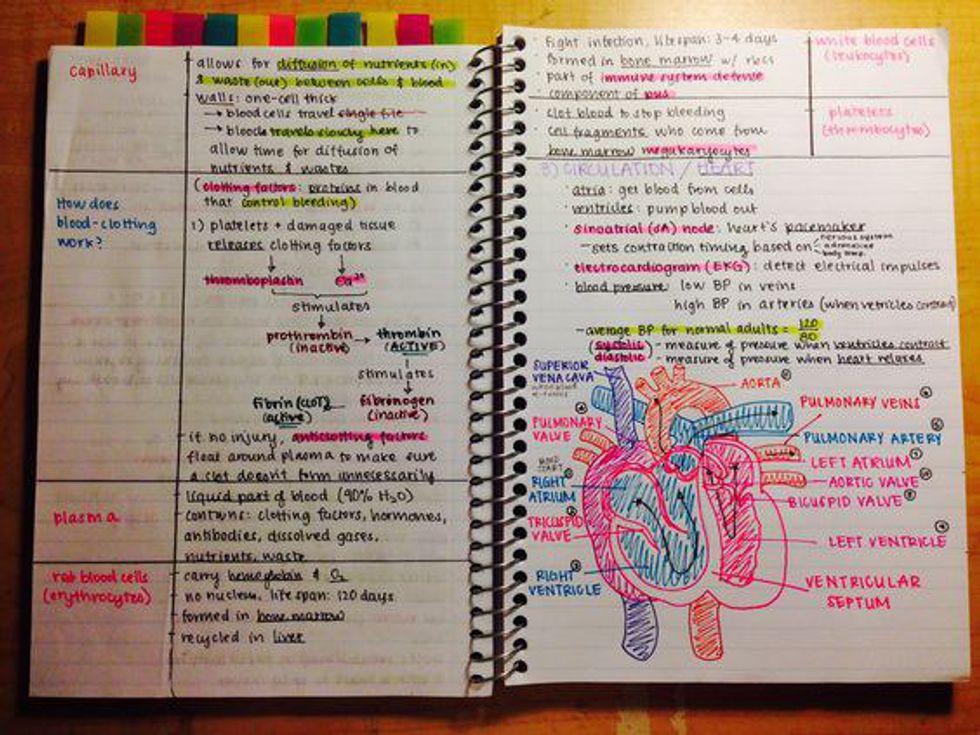The US Central Bank has helped to foster recent increases in asset values within bond and equity markets this week. Just yesterday the Fed made the decision to not raise interest rates, thereby increasing asset values after at least two months of falling equity share prices, bond values, and commodities values as well. However, just in the last 24 hours investors have not only seen US markets surge but also global bonds and equities in developed economic markets. The US 10, 2, and 30 year treasury notes have demonstrated a drop in interest yields (on debt instruments, prices move inversely to interest yields). This is a positive indicator for the US government as there seems to be higher demand for debt.
Focusing on US economic indicators such as jobless claims and home prices, a recently released claims report has just indicated a decrease in numbers, as well as a decline in home sales. But that does not come as a surprise because buyers still remain tentative and are showing a preference for the renters market. According to the Kansas Fed figures, productivity is up which reflects a positive response in corporate manufacturing shares and their value on the US financial market. Note, these manufacturing numbers are the strongest we have seen in two years, suggesting that industry manufacturing is beginning to increase at least in small increments.
Taking a brief look at the European Union and economic indicators post Brexit, commodities prices have declined, especially within the agricultural sector. Euro currency trades have also been in decline as well, however, that is to be expected after severing relations with Britain, a very stable economic super power in the global market place. Italian equities are down 7%, and European banks overall have experienced a decline in their shares by 4%. We are observing differing reactions in global markets for the moment, while financial securities are volatile, they often reflect political unrest and economic health within individual countries.






































